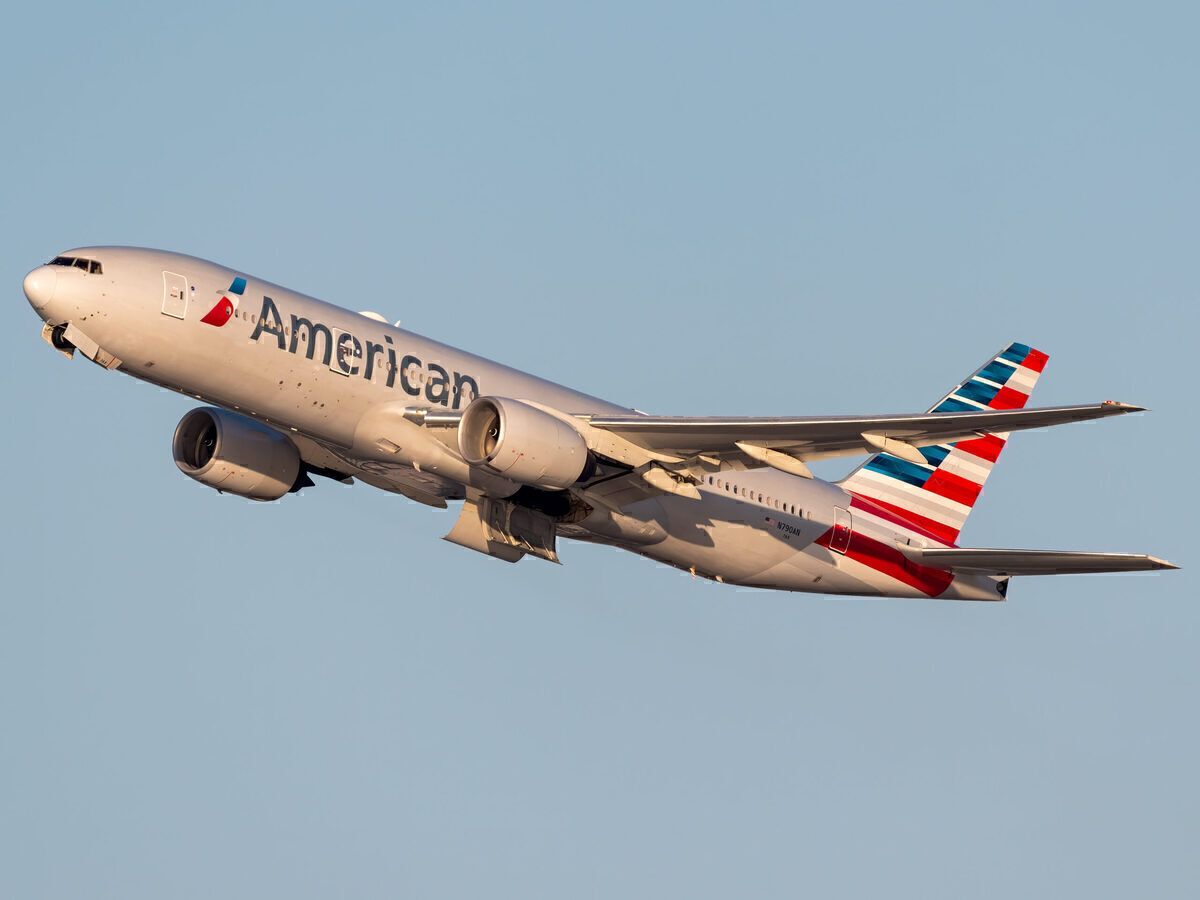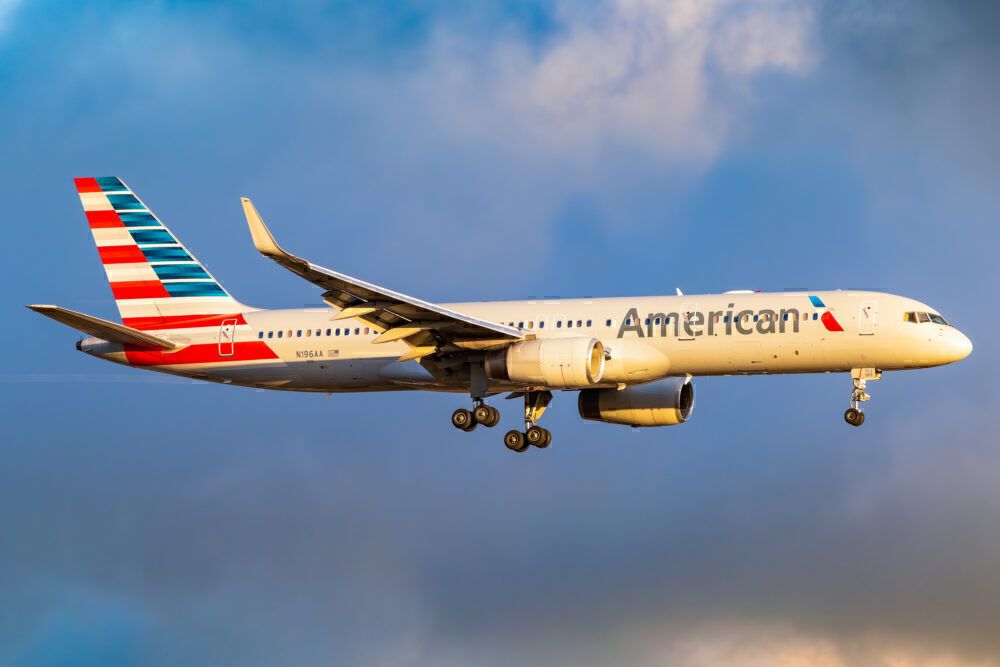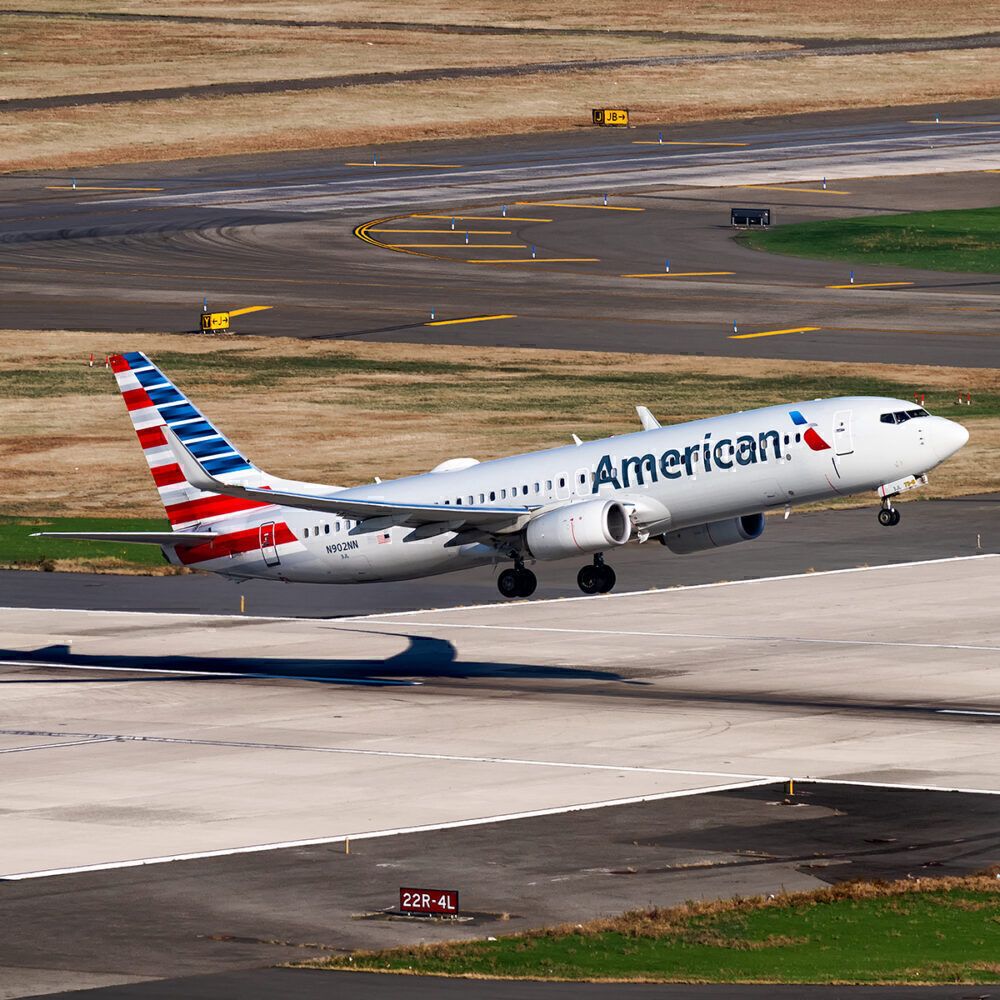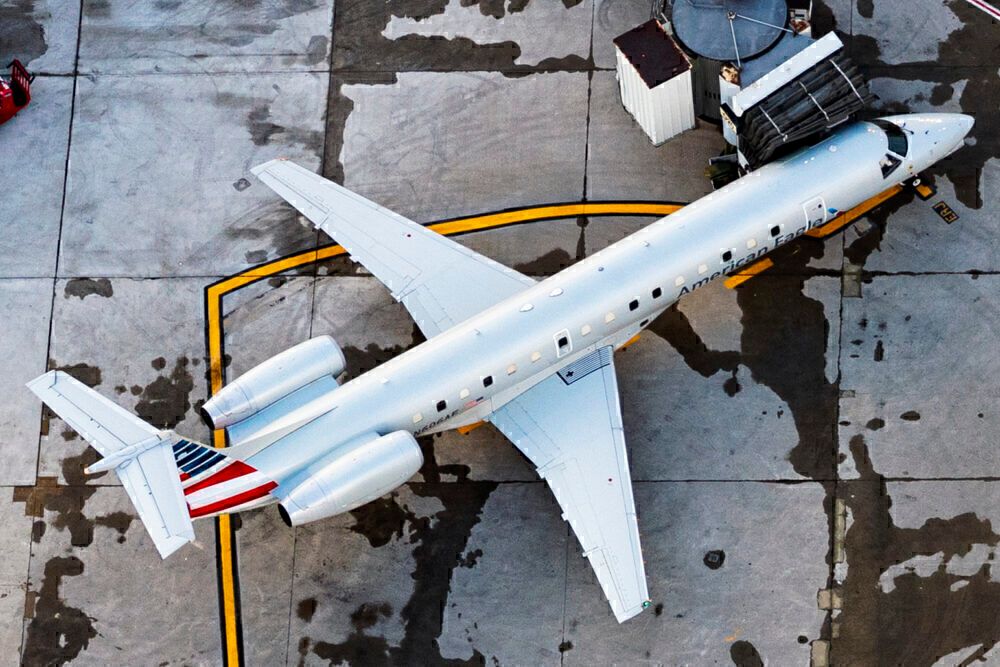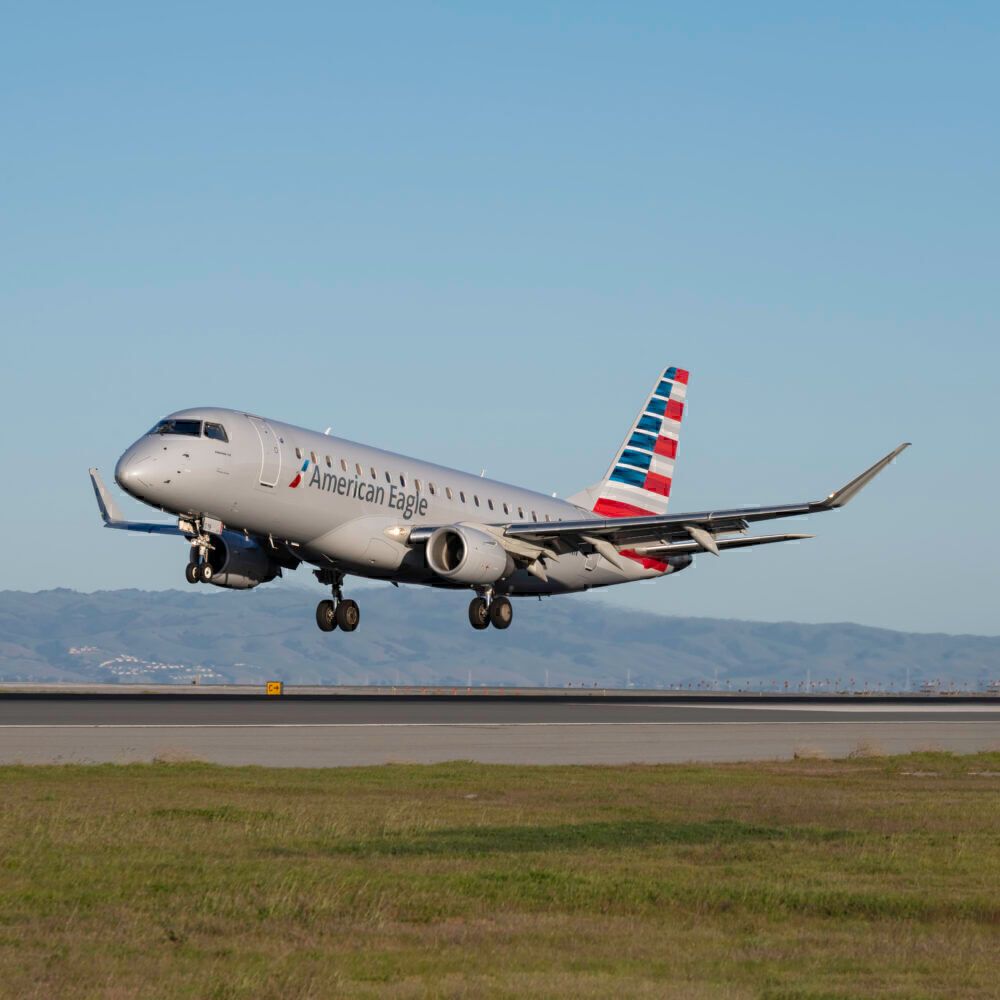This morning, American Airlines reported an annual loss of $8.9 billion for 2020. The carrier had a difficult year, just like every other major airline, but it is now looking ahead to 2021 and the eventual recovery. In a testament to the future, the airline doubled down on its commitment to continue removing 50-seaters from the schedule. It reinforced its core hubs' strength as it aggressively manages its fleet and expects 2021 to be "a year of recovery."Stay informed: Sign up for our daily aviation news digest.
American's 2020 results
American Airlines had an abysmal 2020, which came as no shock to anyone as the global crisis unfolded and led to the complete obliteration of demand. According to CEO Doug Parker, the world's largest airline ended up shutting down and is being rebuilt around its strengths. The shutting down and rebuilding process, however, is long and expensive.
In 2020, the airline notched a net loss of $8.9 billion. While that was better than its competitor Delta, $8.9 billion is no small number and was largely indicative of the magnitude of the crisis that hit the aviation industry. For reference, American notched an annual profit in 2019 of $1.7 billion. The loss came as passenger revenues were down 65% for the year, with total operating revenues down 62%.
In the fourth quarter of 2020, the airline posted a $2.2 billion loss, compared to a profit of $414 million the year before. Passenger revenue in the fourth quarter was down almost 70% year-over-year, with total operating revenues down 64% year-over-year. The one bright spot was cargo, with revenues up 32% year-over-year in the fourth quarter.
Total annual capacity was down about 52%, with fourth-quarter capacity down 55%. The airline notched an impressive 63.4% load factor in the fourth quarter and ended the year with an overall annual load factor of around 64.5%.
Domestic capacity was down 45% year-over-year in the fourth quarter, while it was down 40.6% annually. Latin America was down 56% year-over-year, transatlantic capacity was down 76% year-over-year, transpacific was down 75% year-over-year, with overall international capacity down 68% year-over-year. Domestic capacity is expected to remain ahead of international capacity.
Where American Airlines goes from here
American Airlines leaned heavily on its partnerships throughout its fourth-quarter earnings call. The airline currently expects its partnerships with Alaska Airlines and JetBlue to increase the carrier's presence in the West Coast and the Northeastern US, respectively, where the carrier historically was at a disadvantage.
American Airlines' President, Robert Isom, also stated that the carrier was glad to have its partnership with Qatar Airways:
"Through a partnership with Qatar Airways, we've been able to leverage Doha as a global connecting hub, which has opened up many new markets for our customers. As demand recovers, we anticipate leveraging these partnerships to start flights and increase global connectivity even more."
In the midst of the airline's earnings call, Qatar Airways also announced additional flights to American's largest hub Dallas:
Continuing to remove 50-seaters from top markets
Domestically, the airline has already announced it is moving away from 50-seaters out of New York City. To add to that, as Washington's National Airport (DCA) gets an upgrade to its facilities, American's President, Robert Isom, also announced that the carrier would upgauge the hub.
By the third quarter of 2020, All of American's DCA flights will have a first class product, which means eliminating 50-seater operations out of one of the most heavily restricted airports in the United States with a perimeter rule. This timeline could change if there are any delays to infrastructure updates.
These 50-seaters are incredibly expensive to operate in some of these heavily constrained airports. As American was previously "too big to exit and too small to compete" in New York City, the airline, not wishing to lose its slots but also wanting to operate low-risk flights, placed many 50-seaters on routes, such as to Nashville or Baltimore out of JFK. With the new JetBlue partnership, American plans on either upgauging those flights or hand some of them over to JetBlue as it focuses mostly on long-haul international flights.
Are you optimistic about American's future? Let us know in the comments!

